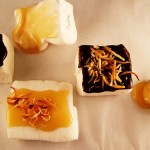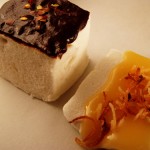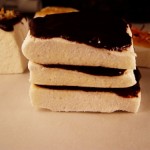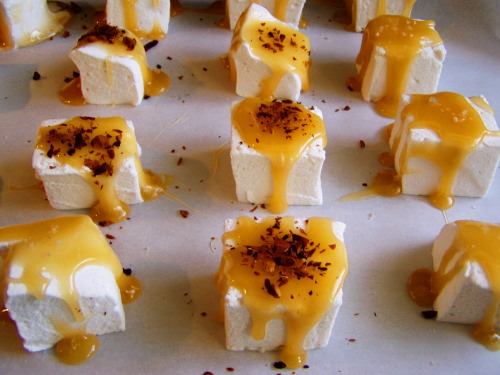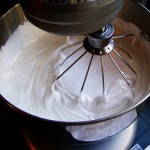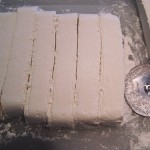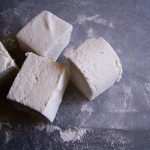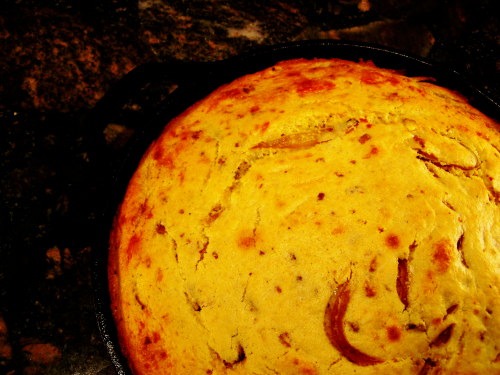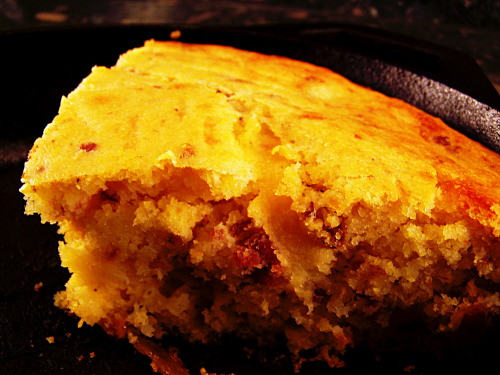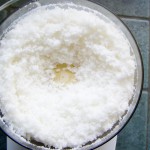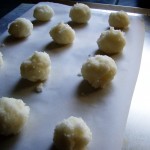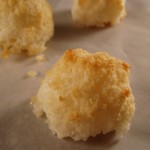
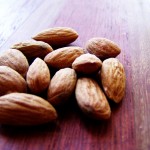
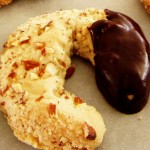
Once upon a time, an enterprising member of a hunter-gatherer tribe grew restless at the idea of yet another bowl of the same mammoth stew and added a handful of peppery-smelling leaves to the batch. The first bite brought surprise and delight to all, and soon seasoning the meat was de riguer.
Or something like that. We don’t really need the specifics. Amidst the variety of reasons our most ancient ancestors began seasoning and varying their food is a reason so simple and obvious it generally goes without saying: because it tastes good.
And so it goes today – we continue to think, churn, generate, experiment, augment, and create, create, create beautiful, wonderful, delicious dishes. Cooking is both an art and a science, and is easily accessible at some level on both fronts. But the art side has a special, unique aspect to it. Everyone participates in it, somehow, every day. You don’t have to listen to music, view a play, examine a painting, or read a book every day, but you do have to eat. I think this is why I find cooking so appealing; it’s at the very core of our lives, waiting to be drawn out and caressed.
Yes, there are different strata of cooking and food. There are simple dishes and complicated ones. I can make a complicated sauce using fifteen ingredients, or a baguette using four. “Good” is so subjective, and doesn’t necessarily correlate to expense, difficulty, or complexity. Food: the great equalizer.
It is also very personal. Everyone’s palate is different, sensitive in varying ways. To prepare food for someone is, in a sense, to attempt to really know a very fundamental part of them. And this is one of the reasons I love to cook. It is powerful to fill an empty plate with the symphonic orchestrations of your kitchen’s contents and your own two hands. You begin with nothing, and end up with a serious something. When you cook with someone else in mind, when you reach out and access someone else’s palate and say “I think I know what you’ll like,” you share a part of yourself with them. I gave my bridesmaids a cookbook of my favorite recipes before my wedding. In the introduction, I told them “I consider the kitchen to be the heart of any home; in sharing these recipes with you, I hope to share a piece of my heart as well as my home.”
I continue to connect with the people around me through food (see, e.g., this website). Recently, upon realizing I had forgotten to wish a coworker happy birthday, I told him I would bring him the baked good of his choice the following Monday. He asked for Mandelhoernchen, a favorite cookie from his childhood in Germany. I happily agreed. He told me later, after leaving me what promises to become one of my all-time favorite voicemails, that he didn’t realize when I told him to specify a baked good that I would be making it. I couldn’t imagine doing anything else.
(more…)
